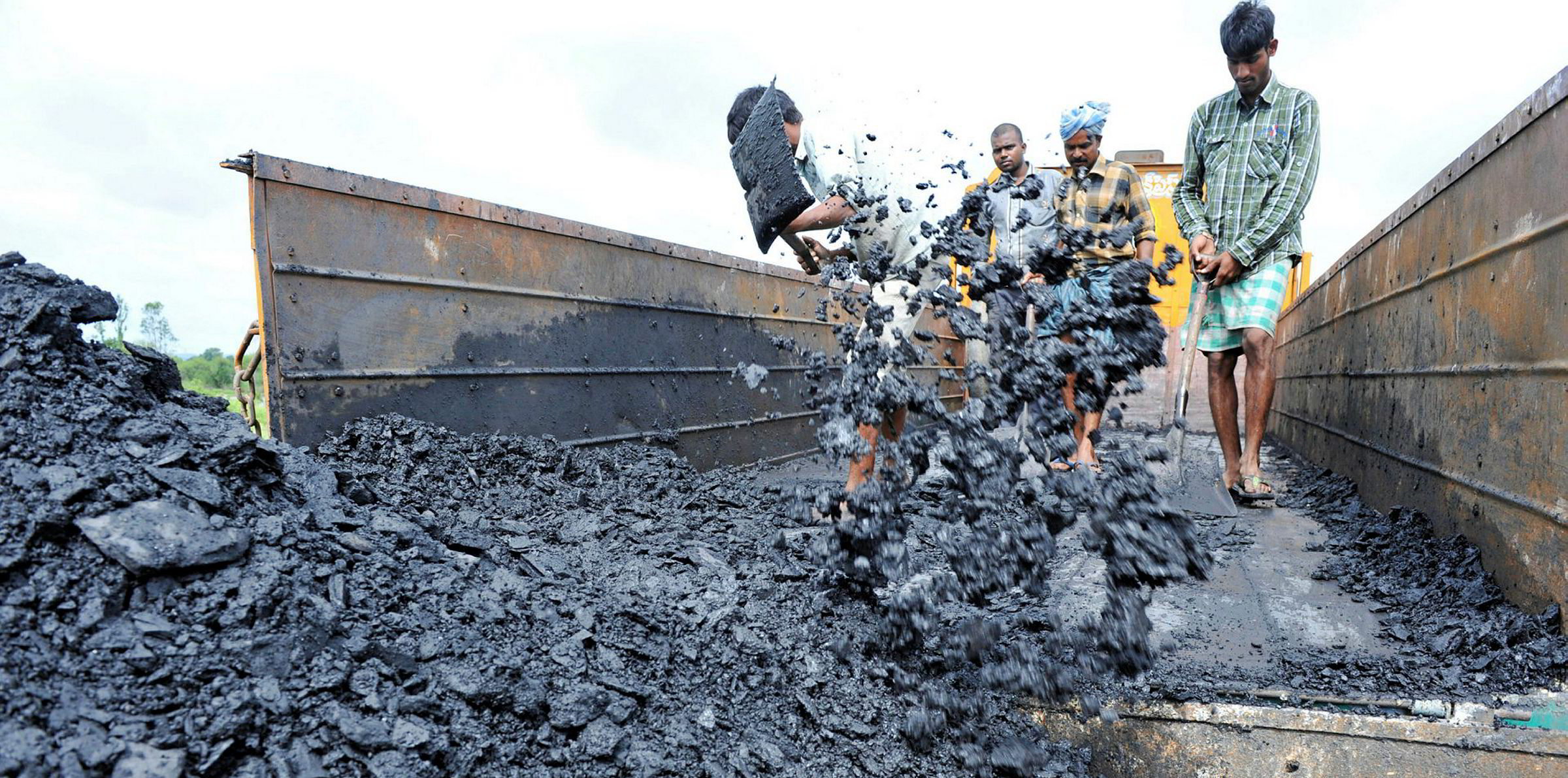India is set to fall 10GW short of its 2022 target for wind power installations as coronavirus pressures add to a list of existing barriers to deployment, says a major new market report.
India will “realistically” only hit 50GW by 2022, according to the study from research group MEC+ and the Global Wind Energy Council (GWEC).
That’s short of the 60GW ambition that along with 100GW of solar forms a key part of the flagship 175GW renewable energy target of Prime Minister Narendra Modi’s government.
The study, India Wind Outlook to 2022, offers three scenarios that see between 11-17GW of turbine capacity being added to the 37.5GW in place at the end of last year, depending on how effectively the Indian government implements measures to help the sector.
The Indian wind market has faced a range of issues such as fragile offtakers, multiple undersubscribed tenders, and grid and land access that have inhibited growth for the last few years.
The coronavirus pandemic has only added to the pressures, said MEC+ managing director and Recharge columnist Sidharth Jain.
“India’s wind market growth has been slow over the past two years, and growth will continue to be uneven until 2022,” said Jain, citing installations in 2019 2.3GW, half the 4.1 GW installed in 2017.
“The current COVID-19 crisis is aggravating the situation as supply chain disruptions, manufacturing and transport restrictions, and economic uncertainty are adding further obstacles for the industry both in India and in other markets who rely on India as the second largest export hub for wind energy components in the world.”
India has a 10GW wind supply chain that is currently emerging slowly from a lockdown that has hit the operations of global players such as Siemens Gamesa and Vestas.
Alongside the flagship 60GW target, India is pursuing offshore wind goals that are also set to be missed, but Jain argued in an article for Recharge this week that offshore should play a key role in the nation’s energy transition as a competitor to coal.




